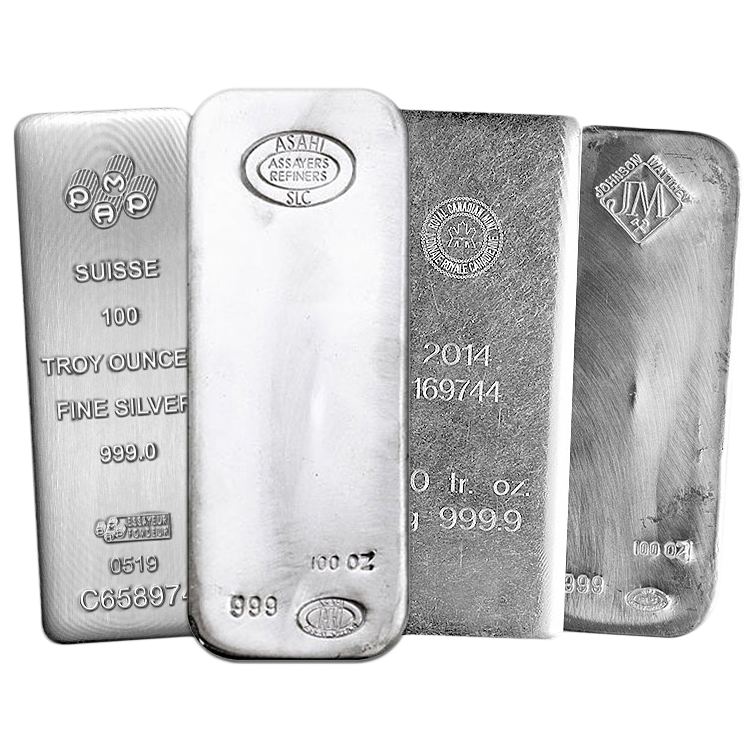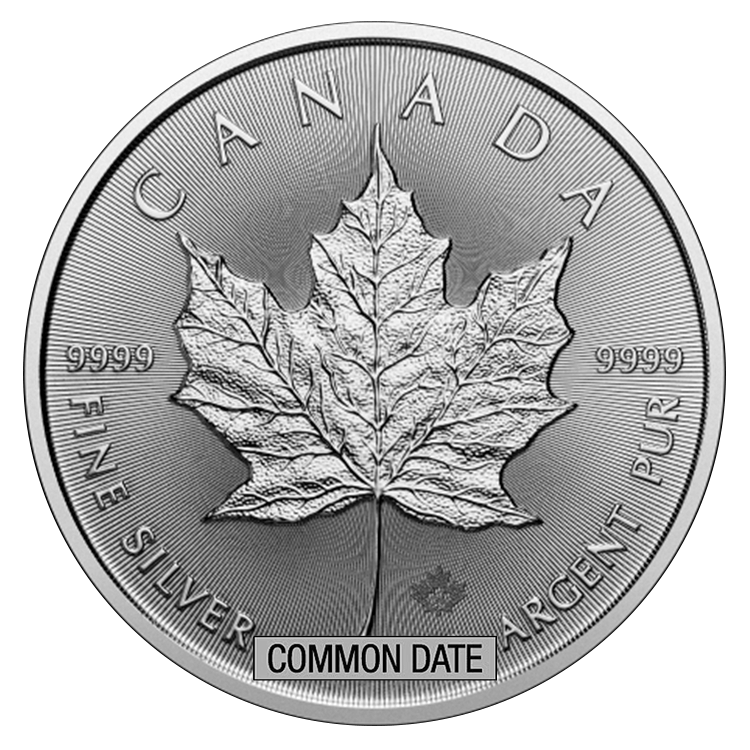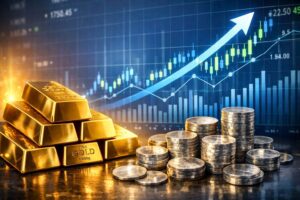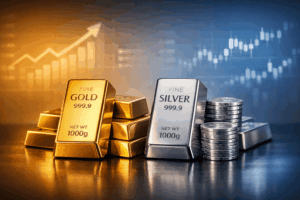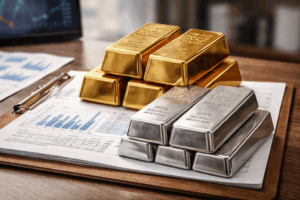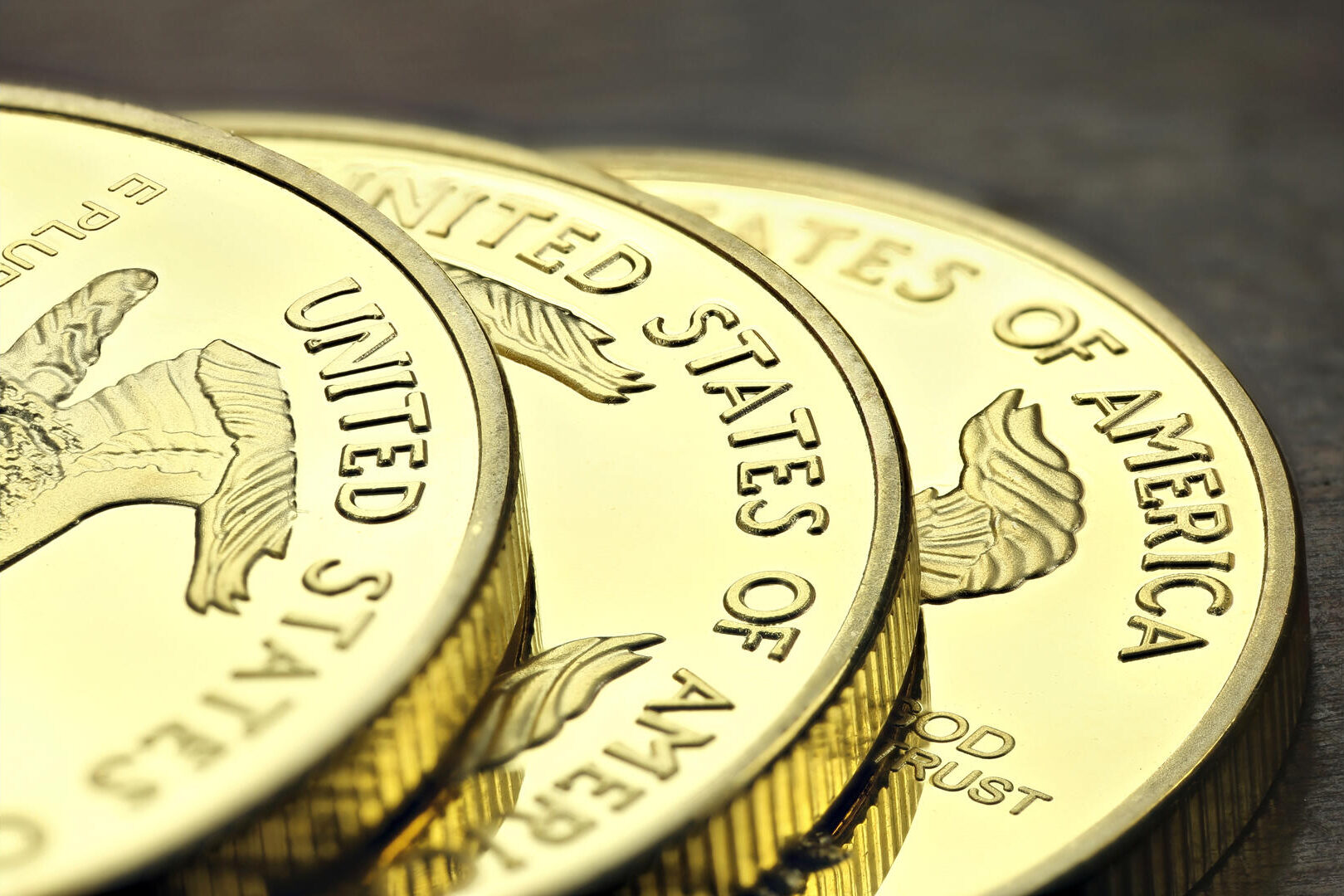
Gold and silver have long been more than just coveted metals—they’ve been cornerstones of global commerce and monetary trust. Throughout history, civilizations relied on these metals not only for their beauty but for their unmatched ability to promote economic stability. For those exploring how gold silver economic stability continues to shape modern financial strategies, history offers profound lessons with enduring relevance.
Understanding the historical role of gold and silver coinage helps today’s investors and policymakers make sense of a global economy full of volatility. The enduring connection between precious metals and economic stability shows why these assets remain essential tools for smart portfolio diversification and long-term preservation of value.
Ancient Foundations of Monetary Stability
The first coins—made of electrum—date back to 7th-century BCE Lydia. By turning naturally occurring gold and silver into standardized currency, Lydians revolutionized trade. Ancient societies quickly embraced precious metals for their unique traits: durability, scarcity, divisibility, and broad acceptability.
Take Rome, for example. Its coinage, made from gold, silver, and bronze, standardized commerce across the vast empire. With uniform coinage in circulation, transactions became smoother and more efficient, helping to unify economies and support sustainable growth. Roman coinage stands as one of the earliest examples of how gold and silver contributed to economic stability on a grand scale.
The Bimetallic System: Global Stability Through Balance
Fast-forward to the 19th century: France’s 1803 Napoleonic law introduced bimetallism, linking currency values to both gold and silver. By fixing exchange rates — 200 francs per kilo of silver and 3,100 francs per kilo of gold — France created a self-balancing system.
This dual-metal approach provided a brilliant buffer against monetary shocks. If silver became more abundant, its circulation would rise while gold would be hoarded, and vice versa—maintaining equilibrium. France’s monetary model helped stabilize international currency markets for decades and served as a prime example of precious metals economic stability in action.
America’s Evolving Coinage: Lessons in Adaptation
In early U.S. history, the Coinage Act of 1792 established a bimetallic dollar standard. Yet keeping silver and gold in harmony proved difficult. The silver-to-gold ratio—set initially at 15:1—fell out of sync with market values, causing silver to dominate and gold to vanish from circulation (a classic case of Gresham’s law).
Adjustments followed. The Coinage Act of 1834 rebalanced the ratio to 16:1, leading to about 20 years of successful dual-metal usage. But the turning point came in 1873 when the U.S. abandoned silver, favoring the gold standard, sparking political unrest and economic uncertainty that highlighted how fragile monetary systems become when one pillar is removed.
Silver’s Unique Role: Currency Meets Commodity
Unlike gold, silver straddles both monetary and industrial roles. From electronics to solar panels, demand for silver extends well beyond coinage. This dual nature makes it more volatile — but also more dynamic — as an investment.
Understanding this gives investors greater insight into risk and rewards. While silver bullion may experience more dramatic price swings, it also offers significant upside potential—especially within a diversified strategy rooted in the economic stability of precious metals.
Policy Insights from History
The historical performance of gold and silver informs modern monetary policy. As noted in recent IMF research and echoed in the In Gold We Trust report, gold continues to serve as a hedge against inflation and systemic risk.
The bimetallic era underscores a vital principle: international cooperation and balanced monetary systems anchored in tangible assets can yield long-lasting stability. The breakdown of such systems often leads to deflation, turmoil, or inflationary spikes.
Today’s central banks recognize this. Amid unprecedented geopolitical shifts and rising global debt, many — including those in emerging markets — are turning back to gold as a core reserve asset, signaling renewed trust in the age-old promise of gold and silver as anchors of economic stability.
Modern Investing: Echoes of the Past
Gold and silver remain reliable during times of crisis. Their performance during the 2020 pandemic (+25.1% for gold, +47.9% for silver) mirrors their behavior in the 19th century. Investors increasingly treat these metals not just as assets, but as essential tools to guard against inflation, currency devaluation, and fiscal uncertainty.
With platforms like GoldSilver.com offering streamlined, secure access to bullion, today’s investors are better equipped than ever to apply these historic insights to real-world strategy.
Learn why GoldSilver doesn’t offer collectibles or numismatics.
Conclusion: Why Gold and Silver Still Matter
From ancient Lydia to the digital age, gold and silver have repeatedly proven their value in promoting economic stability. Their scarcity, durability, and trustworthiness form the backbone of resilient economies.
As you build or refine your portfolio, consider the historical and modern-day power of gold and silver for economic stability — a proven foundation of gold silver economic stability across centuries. Whether through sovereign coins, vault storage, or IRAs, these assets aren’t just relics — they’re the foundation of smart, stable investment.
Get Gold & Silver Insights Direct to Your Inbox
Join thousands of smart investors who receive expert analysis, market updates, and exclusive deals every week.
- ⏰ Timely alerts on major price moves and important events
- 📢 Market updates from Mike Maloney & Alan Hibbard
- 💡 Strategies to profit from this rare opportunity

This article is provided for informational purposes only and should not be considered investment advice. Always conduct thorough research or consult with qualified financial professionals before making investment decisions.



